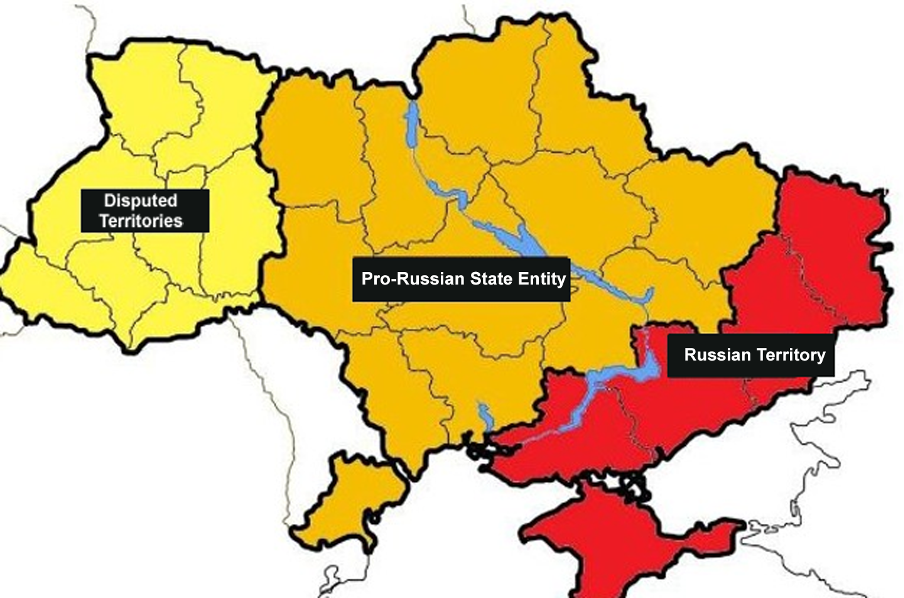The MoF issued four new domestic bonds last week, including three in local currency and one in US$. New issues received high interest from investors.The MoF refreshed the standard set of papers in the primary bond market and issued new one, two, and three-year UAH bonds and a new USD-denominated paper. The offering also included a 3.5-year paper, which the MoF first sold in July. Only three-year UAH notes and USD-denominated bills were oversubscribed, allowing the MoF to sell all of the offered bonds (UAH5bn and US$200m raised, respectively). Demand for other bonds was significant but below the cap. Total state budget proceeds reached UAH20.5bn, including UAH12bn in local currency. However, the MoF had to increase cut-off rates by 10-15bp for three UAH securities to secure these proceeds. See details in the auction review.Total turnover in the secondary market rose by 8% as the trading in FX-denominated bonds doubled and their share was up to 19%. YTMs for UAH-denominated bonds barely moved defying increases in interest rates in the primary bond market.
ICU view: Investors increased rates in their bids for the primary bond auction vs levels a week before. The MoF faced a choice of either increasing borrowings and accepting higher rates or moving on with lesser proceeds and unchanged interest rates. The Ministry clearly showed preference for more borrowings. However, it is unlikely that the MoF will be ready to accept even higher rates in the coming weeks, as UAH debt redemptions scheduled for this month have already been fully refinanced. The negligible reaction in the secondary bond market to the rate increase in the primary auction may imply the market does not expect further rate increases in the coming weeks.
JOIN US ON TELEGRAM
Follow our coverage of the war on the @Kyivpost_official.
FX: Hryvnia stable thanks to higher interventions
The NBU kept the official exchange rate slightly above UAH41/US$ last week while increasing interventions by 21%. At the same time, the hard currency deficit continued to increase last week.Net foreign currency purchases were up 81% to US$644m (in four business days), including bank clients' (legal entities) net purchases of US$459m (up 79%), and households' net purchases of US$185m (x2 WoW).NBU interventions in four business days amounted to approximately US$475m. However, total weekly interventions reported by the NBU were US$782m, so last Friday's interventions were about US$300m.The official hryvnia exchange rate strengthened by 0.1% to UAH41.02/US$ and the cash hryvnia in systemically important banks appreciated by 0.1% to UAH40.8-41.4/US$.
ICU view: An upsurge in NBU interventions on Friday is likely a one-off event, possibly driven by massive FX purchases of governmental agencies. The NBU offset this spike in demand in full. The NBU remains fully committed to keeping the market nearly balanced. Despite the recent trends, we expect the NBU to resume a managed and gradual weakening of the hryvnia soon to about UAH42.6/US$ by the end of this year.
Economics: NBU reserves surge after four months of decline
The gross international reserves of the NBU surged 13.7% in August (+4.5% YTD) to US$42.3bn after four consecutive months of decline.The upswing in reserves was driven by large concentrated inflows of foreign financial aid from Ukraine’s international allies. The government received a EUR4.1bn aid package from the EU and a US$3.9bn grant from the US. A big part of that, US$2.7bn, the NBU spent on FX sales interventions during the month. Other significant outlays included US$0.7bn loan servicing and repayments to the WB and the IMF as well as US$130mn payment on GDP warrants.
ICU view: An upsurge in reserves was fully expected as Ukraine’s international allies were finalizing formalities to re-start disbursing new tranches of financial aid to the government. We expect end-2024 reserves will exceed the August level, ending up in the range of US$43-44bn. Even though the NBU will keep spending substantial amounts of reserves on FX interventions, the scheduled new receipts of financial aid will be more than sufficient to offset the outflows.
You can also highlight the text and press Ctrl + Enter



